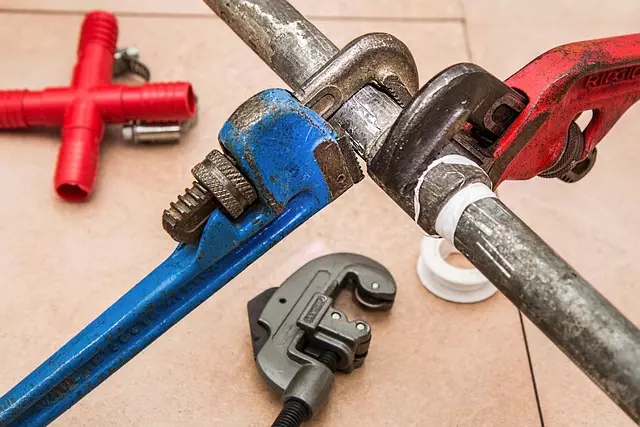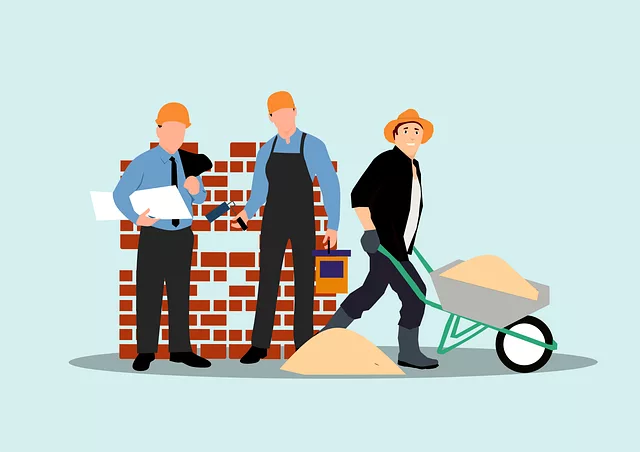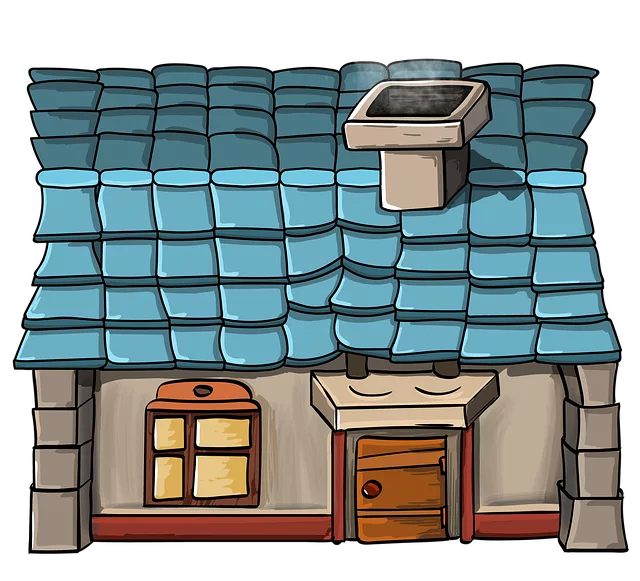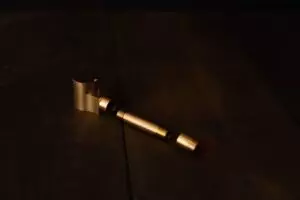Pipe damage, driven by corrosion, temperature fluctuations, and improper installation, demands prompt repair for efficient plumbing. Identify emergencies like leaks, noises, or pressure changes to prevent major disruptions. Equip a basic toolkit for quick fixes and access resources like high-pressure water sprayers and leak detection kits. Turn off the main shut-off valve, temporarily patch small issues, and call professional plumbers for severe problems. Schedule regular inspections, maintain logs, and care post-repair for optimal pipeline longevity.
In the face of sudden pipe damage, prompt action is crucial. This comprehensive guide delves into emergency pipe repair, equipping you to navigate unexpected crises. We explore common causes of pipe damage, from burst pipes to leaks, and identify emergency situations demanding immediate attention. Learn essential tools and steps for temporary fixes while understanding when to call a plumber. Discover preventive measures to minimize future emergencies and post-repair care tips for optimal pipe lifespan. Equip yourself with the knowledge to tackle pipe repair effectively.
Understanding Common Causes of Pipe Damage

Pipe damage is a common issue that can arise from various factors, often requiring prompt pipe repair. Understanding these causes is essential for prevention and efficient troubleshooting. One major cause is corrosion, which weakens pipe structures over time due to exposure to moisture, minerals, or chemicals in water. This deterioration can lead to leaks, cracks, or even complete pipe bursts.
Another frequent culprit is burst pipes, primarily caused by extreme temperature changes, especially during winters. The expansion and contraction of water inside the pipes can put immense pressure on their walls, resulting in fractures. Additionally, poor installation techniques, such as incorrect joint connections or inadequate support, can lead to long-term damage and necessitate costly pipe repair services.
Identifying Emergency Situations Requiring Immediate Pipe Repair

Identifying an emergency situation often means recognizing a sudden, critical issue that demands immediate action. When it comes to pipe repair, certain scenarios signal the need for prompt intervention to prevent further damage or disruptions. Leaks, for instance, are a common and urgent matter; even small drips can escalate into major problems over time. Identifying the source of the leak is crucial, as it could be a burst pipe, faulty fittings, or corroded joints. Another emergency situation is a total pipe failure, where pipes become completely blocked or break, leading to significant water damage or loss of essential services like heating or cooling systems.
In addition to leaks and total failures, unusual noises coming from pipes, such as banging or squealing, can indicate structural issues or loose connections that require immediate attention. Also, sudden changes in water pressure, noticeable decreases, or abrupt increases, could point to a problem with the plumbing system that needs to be addressed swiftly. Prompt identification of these emergency situations allows for timely pipe repair, minimizing potential hazards and ensuring the longevity of your plumbing infrastructure.
Tools and Equipment Essential for Quick Repairs

When it comes to emergency pipe repairs, having the right tools and equipment can make all the difference in terms of efficiency and effectiveness. For quick fixes, a basic toolkit should include a variety of essentials such as adjustable wrenches, pliers, and slip-on fittings. These tools are crucial for disassembling and reassembling pipes without causing further damage.
Additionally, a high-pressure water sprayer can help clear obstructions like rust or debris, while a leak detection kit enables you to pinpoint the source of a leak precisely. Having access to these resources ensures that minor pipe issues can be addressed promptly, preventing larger, more costly problems from arising in the future.
Steps to Temporary Fix Until Professional Help Arrives

If you’re facing a pipe repair emergency, time is of the essence. Before professional help arrives, take immediate action to prevent further damage and minimize water waste. Start by locating the main shut-off valve for your water supply – this is usually found near the water meter or in a utility room. Turn it clockwise to close, stopping water flow immediately.
Next, assess the damaged pipe. If it’s a small burst or leak, you can use a temporary fix like tape or a cloth to stem the flow. For larger cracks or breaks, consider using a makeshift clamp or a section of cardboard pressed against the leak to create a barrier. This will buy you some time until a plumber arrives to conduct a thorough Pipe Repair.
When to Call a Plumber: Professional Emergency Pipe Repair Services

Knowing when to call a plumber for emergency pipe repair services is crucial. While minor leaks or clogs can often be addressed with DIY methods, it’s essential to involve professionals for more severe issues. Continuous or rapidly escalating water damage, significant pressure drops in your plumbing system, or visible signs of pipe bursts demand immediate attention from skilled plumbers. They possess the tools and expertise needed to swiftly diagnose and fix problems, minimising potential damage and disruptions to your home or business.
Professional emergency pipe repair services offer several advantages. Plumbers can access hard-to-reach areas and use advanced techniques to patch up leaks or replace damaged pipes efficiently. Moreover, they provide long-term solutions that prevent recurring issues, ensuring the longevity of your plumbing system. By entrusting complex repairs to experts, you can rest assured that your property is in safe hands.
Preventive Measures to Minimize Future Emergencies

Regular maintenance is key in preventing emergency pipe repairs. Schedule periodic inspections to identify and address potential issues before they escalate. This includes checking for signs of corrosion, leaks, or damage to pipes, fittings, and valves. During these checks, ensure all connections are secure and tight, as loose fittings can lead to water damage and unnecessary stress on your plumbing system.
Additionally, install moisture detectors in areas prone to pipe bursts, such as basements and attics. These devices can alert you to potential water leaks early on, allowing for swift action to prevent extensive damage. Keep a maintenance log to track repairs and inspections, which will help identify recurring problems and ensure your pipes remain in good condition over time.
Post-Repair Care Tips for Optimal Pipe Lifespan

After a successful pipe repair, proper post-repair care is essential for maintaining optimal pipeline lifespan. It’s crucial to prevent future leaks and ensure continuous efficiency. Begin by inspecting the repaired area regularly for any signs of damage or wear and tear. Keep an eye out for unusual noises, which could indicate underlying issues. Regular maintenance includes checking connections, replacing worn-out gaskets or seals, and applying corrosion-inhibiting treatments as recommended by professionals.
Additionally, maintaining proper water pressure is vital. Excessive pressure can strain pipes, leading to premature failure. Consider installing pressure regulators to keep the flow within safe limits. Staying vigilant and implementing these care tips will contribute significantly to extending the life of your pipes, ensuring smooth operation, and saving you from costly repairs in the long run.
